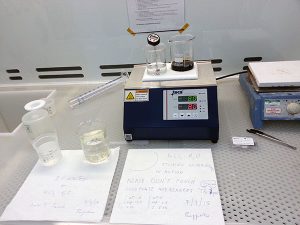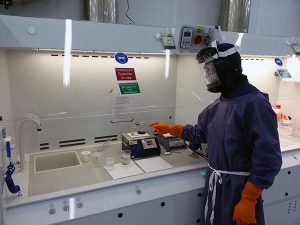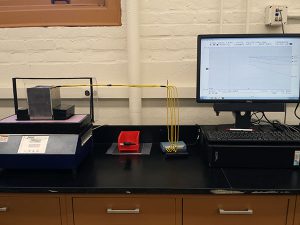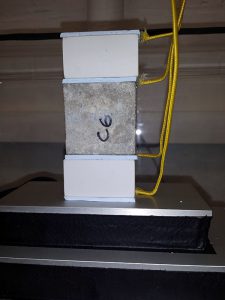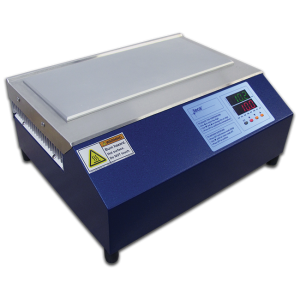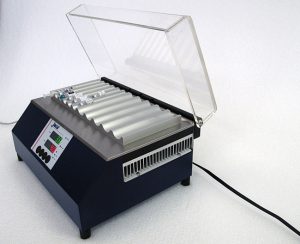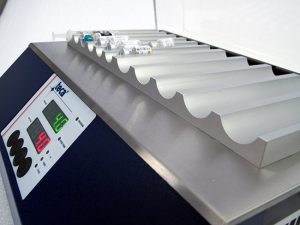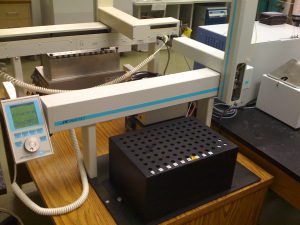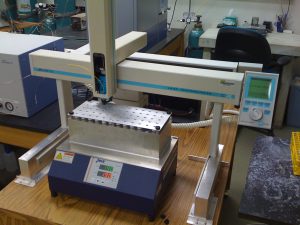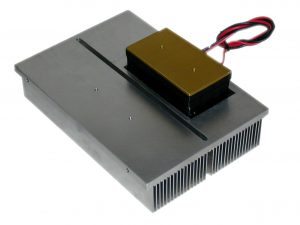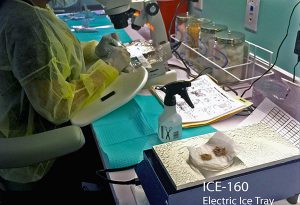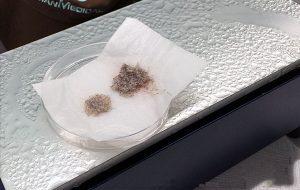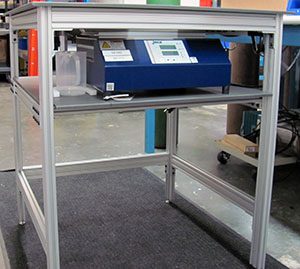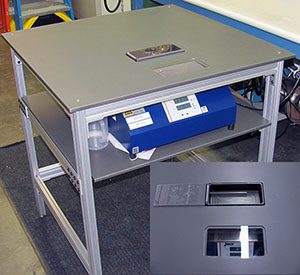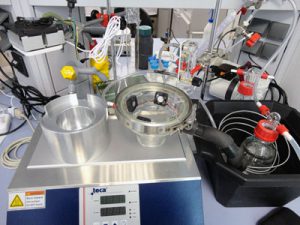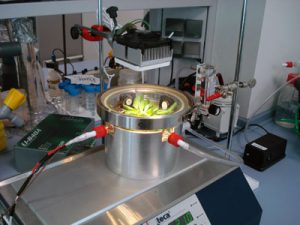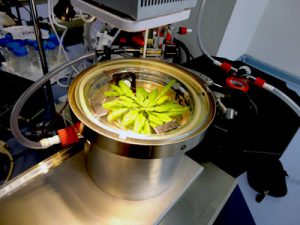Chemical Waste Transport:
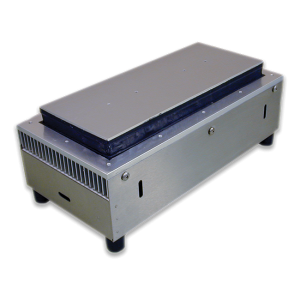
Here’s an application that our engineering crew would love to put into greater use if they could figure out where and how. A specialty gas company called. They wanted to transfer toxic and corrosive liquids from big to small containers for lab use. The process had been taking several minutes with too much wasted product.
They knew because of the conditions a natural head pressure in the big container that they could use a cold plate to cool at the receiving vessel (Ø 1.5″ x 12″ bottle) to create a driving force which moves the fluid.
We didn’t go into the physics of this, we trusted what the customer said and worked with them. When they tried an AHP-1200CP it was fantastic. It turned 4 minutes and a lot of waste into no waste and 40 seconds.
